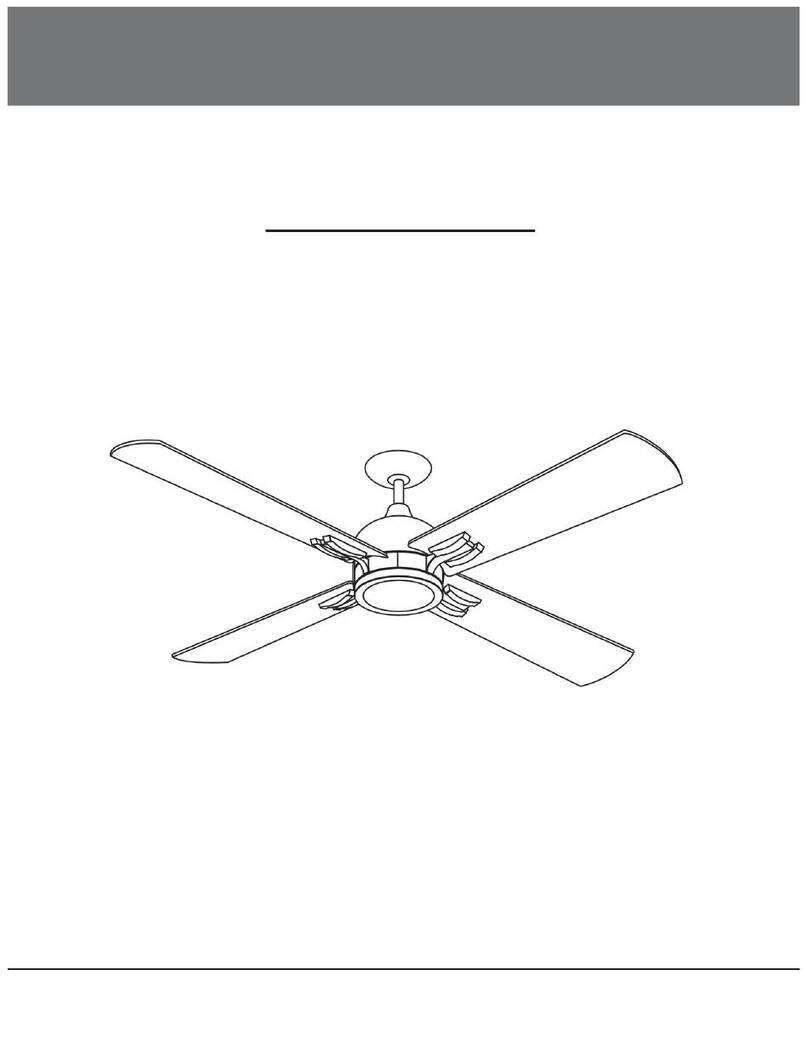
INSTALL THE MOUNTING BRACKET
⚠WARNING
possible electrical shock, be sure electricity is
Local codes and the ceiling fan must be properly
-
cal shock.
⚠WARNING
personal injury, mount fan to outlet box
(35 Ibs) or less.Use screws supplied with outlet
box. Most outlet boxes commonly used for
fan support and may need to be replaced.
in the ceiling to aid in securing ceiling
bracket with four expansion screws provid-
building structure with four expansion
(If
appearance, you can also only make two
screws.)(Fig.1)
-
ing bracket to the building structure with
four wood screws provided.(Fig.2)
⚠WARNING
Do not operate this fan with a
variable(Rh-eostat) wall controller or
dimmer switch.Doing so could result in
damage to the ceiling fan's remote
control unit.




























